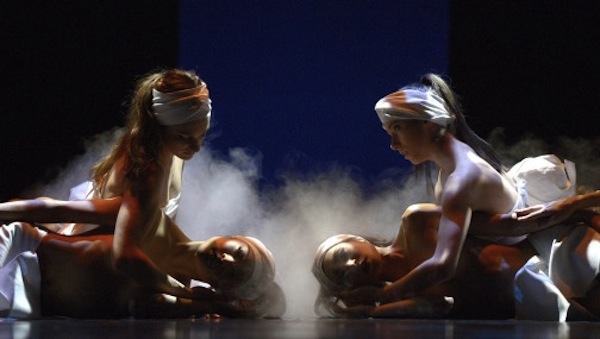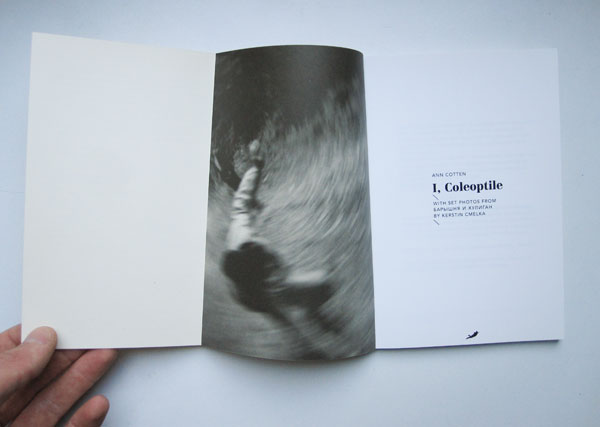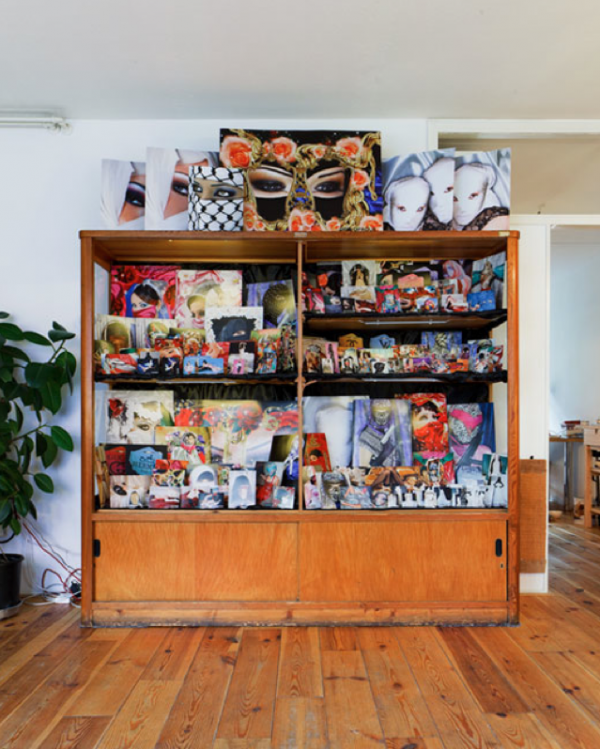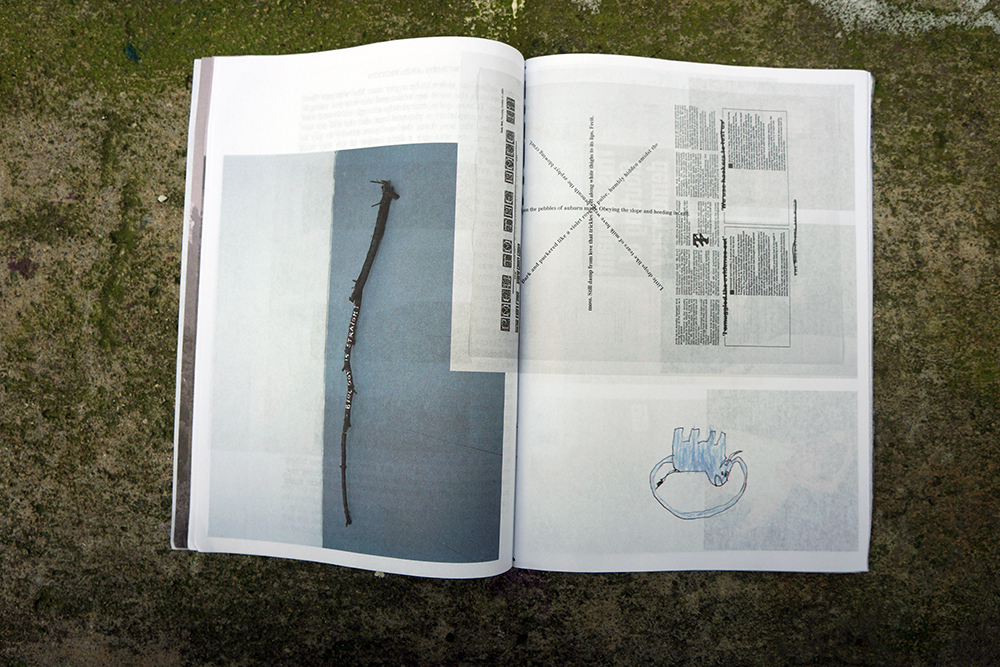The Nights
Angelin Preljocaj’s neo-classical piece, The Nights is in the repertoire of Stattsballett Berlin. The spectacle inspired by One Thousand One Nights, depicts Arabian, Persian and Indian folk fairytales. As declared in the website, Preljocaj’s intention is to narrate the stories “from the perspective of the female protagonists”. The costumes by famous designer Azzaedine Alaia were eye-catching, however music by Natacha Atlas, Sami Bishai and 79D was troublesome by repeating well-known Eastern and Western sounds in a dull manner.
The ballet opens with an inessentially long Hamam scene reminiscent of Ingres’ legendary painting The Turkish Bath (1862). The well-known phantasy of a hamam was depicted from a quintessential male gaze – women touching each other erotically, say, several body parts are rubbing in the steam. Men in black with covered faces appear to show violence against women, at the moment beats waver with the voice of Atlas singing by repeating the Arabic word ‘habibi’ − meaning my beloved, addressing a male object of affection. Unfortunately, from the first moment, orientalism and sexism were on the stage. Women had an intercourse with women, as well as men, however men only shaved the other men’s beard – as in the famous barber shops of East. This time a hidden homosexuality was added in the way they touch, the act of shaving interpreted with violence. East: either has joyous sex or fights, attacks: the barbarian. How familiar?
Despite the notable criticism of the gender in dance −one may address Ramsay Burt’s The Male Dancer: Bodies, Spectacle, Sexualities – apparently Mr. Preljocaj elucidate the whole issue in a different manner. In most of the pas deux deus or other passages, Preljocaj used typical ‘sexy’ movements blended with dance: kitsch! The fetishized female dancer body presented to the voyeurs in several ways. In the excerpt when the dancers arrive with red dresses and high heels, posing as a character from a page of a fashion or porn magazine, Atlas was singing: “This is a man’s world”. Seemingly, the Eastern world was being denounced by using these familiar figures. Rather than encountering vigorous eroticism in a new manner, the audience faced with typical pornography generated for the patriarchal male gaze. The issue of patriarch, the conservative way of thinking is a world-wide problem dating way too back, as far as one concerns.
Some parts of the choreography were idiosyncratic; the notation, movements, their complexity and the harmony in between were luscious. Nonetheless, the moment a criticizing eye remembers the content, the beast like gestures gain another meaning. The suppression of women in the society is a problem of conservatism, the patriarch. One may not generalize by saying one part of the world is better than the other. Brutality, either by hands or words, is a problem of humanity.















